Home>Gardening & Outdoor>Outdoor Entertaining>How To Convert A Propane Fire Pit To Natural Gas
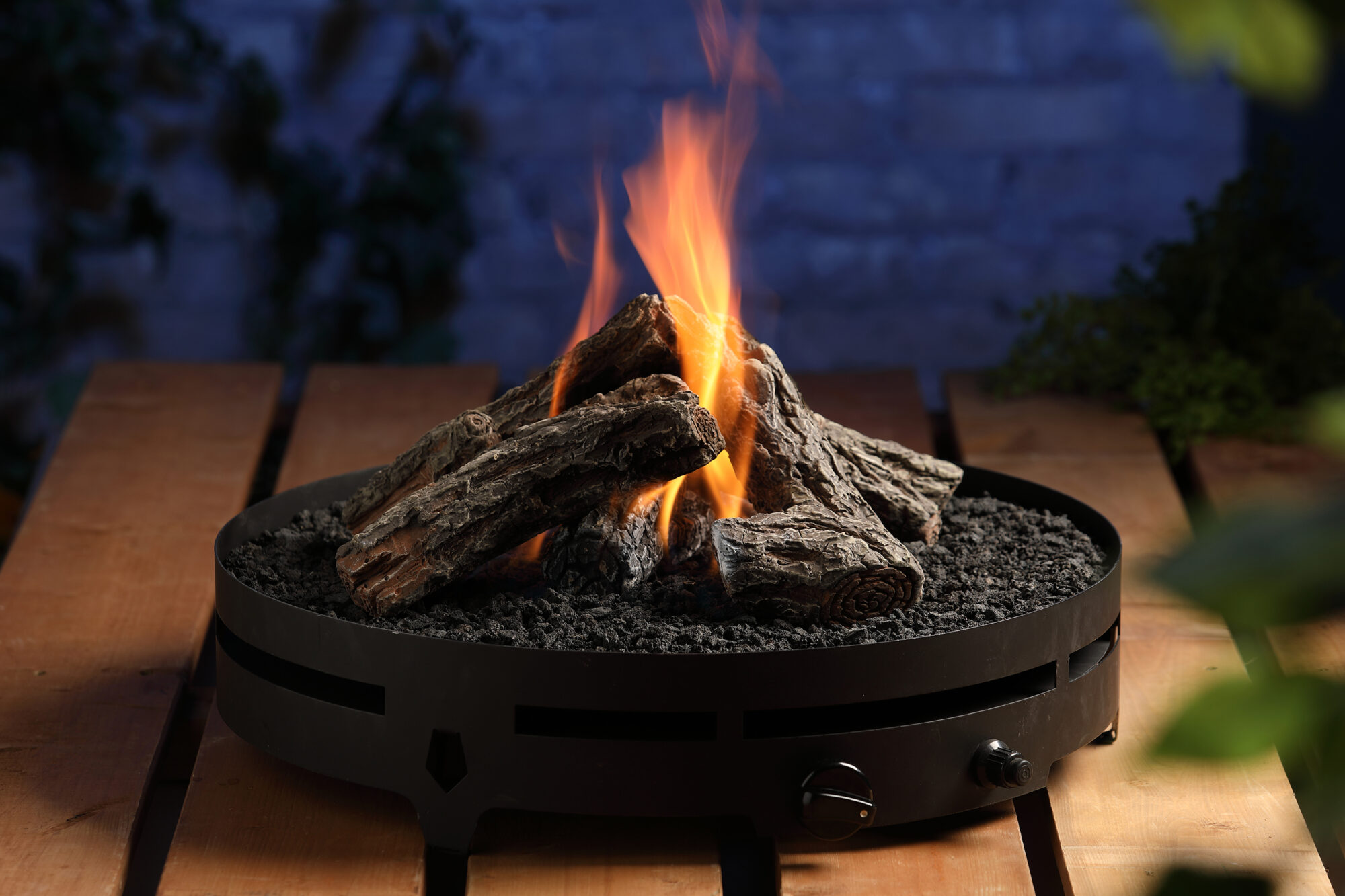

Outdoor Entertaining
How To Convert A Propane Fire Pit To Natural Gas
Modified: February 18, 2024
Learn how to easily convert your propane fire pit to natural gas for a more convenient and cost-effective outdoor entertaining experience. Discover step-by-step instructions and helpful tips.
(Many of the links in this article redirect to a specific reviewed product. Your purchase of these products through affiliate links helps to generate commission for Storables.com, at no extra cost. Learn more)
**
Introduction
**
When it comes to creating a cozy and inviting outdoor space, a fire pit can be the perfect addition. Whether it's for hosting gatherings with friends and family or simply unwinding after a long day, the warm glow and crackling flames of a fire pit can set the mood for unforgettable moments. While propane fire pits offer convenience and portability, natural gas fire pits provide a continuous fuel supply and eliminate the need for propane tank refills. If you currently own a propane fire pit and are considering making the switch to natural gas, this article will guide you through the process of converting your fire pit, ensuring a seamless transition to a more sustainable and cost-effective fuel source.
In the following sections, we will explore the differences between propane and natural gas fire pits, providing valuable insights into the benefits of each fuel type. Additionally, we will outline the step-by-step process of converting your propane fire pit to natural gas, offering practical tips and considerations to help you make an informed decision. Safety is paramount when working with gas-fueled appliances, so we will also delve into important safety considerations to keep in mind throughout the conversion process. By the end of this article, you will have a comprehensive understanding of the conversion process and be well-equipped to enjoy the advantages of a natural gas fire pit in your outdoor space. Let's embark on this journey to transform your outdoor ambiance and elevate your entertaining experience with a natural gas fire pit.
**
Key Takeaways:
- Converting a propane fire pit to natural gas offers continuous fuel supply and eco-friendly benefits, but requires careful steps like assessing feasibility, installing a conversion kit, and prioritizing safety.
- Understanding the differences between propane and natural gas fire pits helps in choosing the right fuel type for your outdoor space, whether you value portability or a sustainable, permanent heating solution.
Read more: How To Fix A Propane Fire Pit
Understanding the Differences Between Propane and Natural Gas Fire Pits
**
Before delving into the process of converting your fire pit, it’s essential to grasp the distinctions between propane and natural gas fire pits. Both fuel options have unique characteristics that can significantly impact your outdoor entertaining experience.
Propane Fire Pits:
Propane fire pits are prized for their portability and versatility. They are fueled by propane, a liquefied petroleum gas stored in portable tanks. This mobility allows you to position the fire pit in various locations within your outdoor space, making it an ideal choice for those who enjoy rearranging their patio setup or frequently hosting outdoor events. Propane fire pits often feature a simple ignition system, enabling quick and effortless start-ups to ignite the flames and generate warmth at a moment’s notice.
One of the key advantages of propane fire pits is their independence from a fixed gas line. This autonomy grants you the freedom to position the fire pit without being constrained by the location of a natural gas line, making it a convenient option for outdoor spaces where a dedicated gas line may not be readily accessible.
Natural Gas Fire Pits:
In contrast, natural gas fire pits are directly connected to a permanent gas line, providing a continuous and uninterrupted fuel supply. This eliminates the need for propane tank refills, offering a low-maintenance and cost-effective solution for long-term use. Natural gas fire pits are typically stationary, requiring a fixed installation location due to the direct connection to the gas line. While this may limit the flexibility of relocating the fire pit, it ensures a consistent and reliable fuel source, making it an attractive choice for those seeking a permanent outdoor heating solution.
Moreover, natural gas is known for its clean-burning properties, emitting fewer greenhouse gases and particulate matter compared to propane. This environmentally friendly aspect aligns with sustainable living practices, making natural gas fire pits an eco-conscious option for outdoor heating.
Choosing the Right Option for You:
Understanding these differences allows you to evaluate your specific needs and preferences when selecting the ideal fuel type for your fire pit. Whether you prioritize mobility and convenience or prioritize a continuous fuel supply and environmental sustainability, weighing these factors will guide your decision-making process as you consider converting your propane fire pit to natural gas.
Now that we’ve explored the nuances of propane and natural gas fire pits, let’s proceed to the practical steps involved in converting your propane fire pit to operate on natural gas.
**
Steps to Convert Your Propane Fire Pit to Natural Gas
**
Converting your propane fire pit to operate on natural gas involves a systematic process to ensure a safe and successful transition. Here are the essential steps to guide you through the conversion:
- Assess Feasibility: Before initiating the conversion, assess the feasibility of connecting your fire pit to a natural gas line. Determine the proximity of the fire pit to an existing gas line or consult a professional gas fitter to evaluate the practicality of extending a gas line to your desired location.
- Shut Off Propane Supply: Begin by shutting off the propane supply to the fire pit. This typically involves closing the valve on the propane tank to halt the flow of gas to the fire pit.
- Remove Propane Components: Disassemble the propane-related components of the fire pit, including the propane tank, regulator, and associated hoses. Ensure that all propane connections are properly disconnected and capped to prevent gas leaks.
- Install Natural Gas Conversion Kit: Obtain a natural gas conversion kit compatible with your fire pit model. Follow the manufacturer’s instructions to install the necessary components, such as a natural gas regulator, burner orifices, and gas supply line fittings. This step may require basic tools and mechanical proficiency, so exercise caution and refer to the provided guidelines.
- Connect to Gas Line: If a natural gas line is not already in place, enlist the services of a qualified professional to extend the gas line to your fire pit location. Ensure that the gas line installation complies with local building codes and safety standards to prevent potential hazards.
- Test for Leaks: Once the natural gas conversion is complete and the fire pit is connected to the gas line, conduct a thorough leak test. Use a gas leak detector solution or soapy water to inspect all connections for any signs of gas leakage. Address any detected leaks promptly to maintain a secure and airtight gas system.
- Ignition and Adjustment: After confirming the integrity of the gas connections, test the fire pit’s ignition and flame performance. Make any necessary adjustments to the burner orifices and gas flow to achieve the desired flame characteristics and ensure proper combustion.
By following these steps with diligence and attention to detail, you can effectively convert your propane fire pit to operate on natural gas, unlocking the benefits of a continuous and sustainable fuel source for your outdoor gatherings.
As you proceed with the conversion process, it is crucial to prioritize safety at every stage. Now, let’s delve into the essential safety considerations to uphold throughout the conversion and ongoing use of your natural gas fire pit.
**
Before converting a propane fire pit to natural gas, make sure to check the manufacturer’s instructions and ensure that the conversion kit is compatible with your specific fire pit model. Always turn off the gas supply and consult a professional if you are unsure about the process.
Safety Considerations
**
When working with gas appliances and conducting a conversion from propane to natural gas for your fire pit, prioritizing safety is paramount to safeguard both property and personal well-being. Here are crucial safety considerations to observe throughout the conversion process and subsequent use of your natural gas fire pit:
- Professional Consultation: If you are unfamiliar with gas systems and conversions, seek guidance from a qualified professional, such as a licensed gas fitter or technician. Their expertise and experience can provide invaluable insights and ensure compliance with safety regulations.
- Gas Line Installation: When extending or installing a natural gas line, enlist the services of a certified gas fitter to handle the intricate process. Proper installation and adherence to local codes are essential to prevent gas leaks, pressure irregularities, and other hazards associated with gas systems.
- Leak Detection: Prior to and following the conversion, perform comprehensive leak detection tests using approved methods, such as gas leak detection solution or soapy water. Thoroughly inspect all connections, fittings, and joints for potential leaks, addressing any identified issues promptly to mitigate risks of gas escape.
- Ventilation and Clearance: Ensure that the area surrounding the natural gas fire pit is well-ventilated and free from obstructions. Adequate clearance from combustible materials, such as furniture, curtains, and foliage, is essential to prevent fire hazards and facilitate proper airflow for combustion.
- Emergency Shut-Off: Install an accessible emergency shut-off valve in close proximity to the fire pit to swiftly isolate the gas supply in case of an emergency or gas leak. Familiarize yourself and others with the location and operation of the shut-off valve for quick response to potential gas-related incidents.
- Regular Maintenance: Commit to regular maintenance and inspection of the natural gas fire pit and its components. Periodically check for wear, corrosion, or deterioration of gas lines, fittings, and ignition systems, addressing any issues promptly to uphold the safety and functionality of the fire pit.
- User Education: Educate all users and guests on the safe operation and precautions associated with the natural gas fire pit. Emphasize the importance of proper usage, supervision of the fire pit, and awareness of gas-related safety protocols to promote a secure and enjoyable outdoor environment.
By adhering to these safety considerations and seeking professional assistance when needed, you can confidently navigate the conversion process and establish a secure and reliable natural gas fire pit in your outdoor space. Prioritizing safety not only fosters peace of mind but also ensures the longevity and optimal performance of your fire pit for countless memorable gatherings and moments shared around the mesmerizing flames.
With safety at the forefront, you are well-prepared to embrace the benefits of a natural gas fire pit while maintaining a secure and welcoming outdoor ambiance. Now, let’s conclude our journey with a recap of the key insights and the transformative potential of converting your fire pit to natural gas.
**
Conclusion
**
As we conclude our exploration of converting a propane fire pit to natural gas, it’s evident that this transition offers compelling advantages for enhancing your outdoor entertaining experience. By understanding the differences between propane and natural gas fire pits, you gained valuable insights into the distinct characteristics and considerations associated with each fuel type. Whether it’s the portability and convenience of propane or the continuous supply and environmental benefits of natural gas, evaluating these factors empowers you to make an informed decision aligned with your preferences and lifestyle.
The step-by-step process of converting your fire pit to operate on natural gas provided a clear roadmap for a seamless and successful transition. From assessing the feasibility of a natural gas connection to conducting thorough leak tests and ensuring proper ventilation, each step emphasized the importance of safety and meticulous attention to detail. By following these guidelines and, when necessary, seeking professional expertise, you can confidently convert your fire pit while prioritizing the well-being of your outdoor space and those who gather around it.
Furthermore, the safety considerations outlined underscored the critical measures to uphold throughout the conversion process and ongoing use of your natural gas fire pit. From professional consultation and leak detection to emergency shut-off preparedness and user education, these considerations serve as pillars of assurance, fostering a secure and enjoyable environment for your outdoor gatherings.
As you embark on this journey to transform your outdoor ambiance and elevate your entertaining experience, the conversion to a natural gas fire pit embodies a commitment to sustainability, convenience, and safety. Embracing the benefits of a continuous and eco-conscious fuel source, you are poised to create enduring memories and moments of warmth and connection around the captivating flames of your fire pit.
With a newfound understanding of the conversion process and the assurance of safety at the forefront, you are well-equipped to embark on this transformative endeavor. Whether it’s a tranquil evening under the starlit sky or a lively gathering with loved ones, your natural gas fire pit will stand as a centerpiece of comfort and conviviality, enriching your outdoor lifestyle and fostering cherished experiences for years to come.
As you bask in the radiant glow of your natural gas fire pit, may the warmth of the flames kindle lasting joy and camaraderie, igniting the spirit of togetherness in your outdoor haven.
Frequently Asked Questions about How To Convert A Propane Fire Pit To Natural Gas
Was this page helpful?
At Storables.com, we guarantee accurate and reliable information. Our content, validated by Expert Board Contributors, is crafted following stringent Editorial Policies. We're committed to providing you with well-researched, expert-backed insights for all your informational needs.
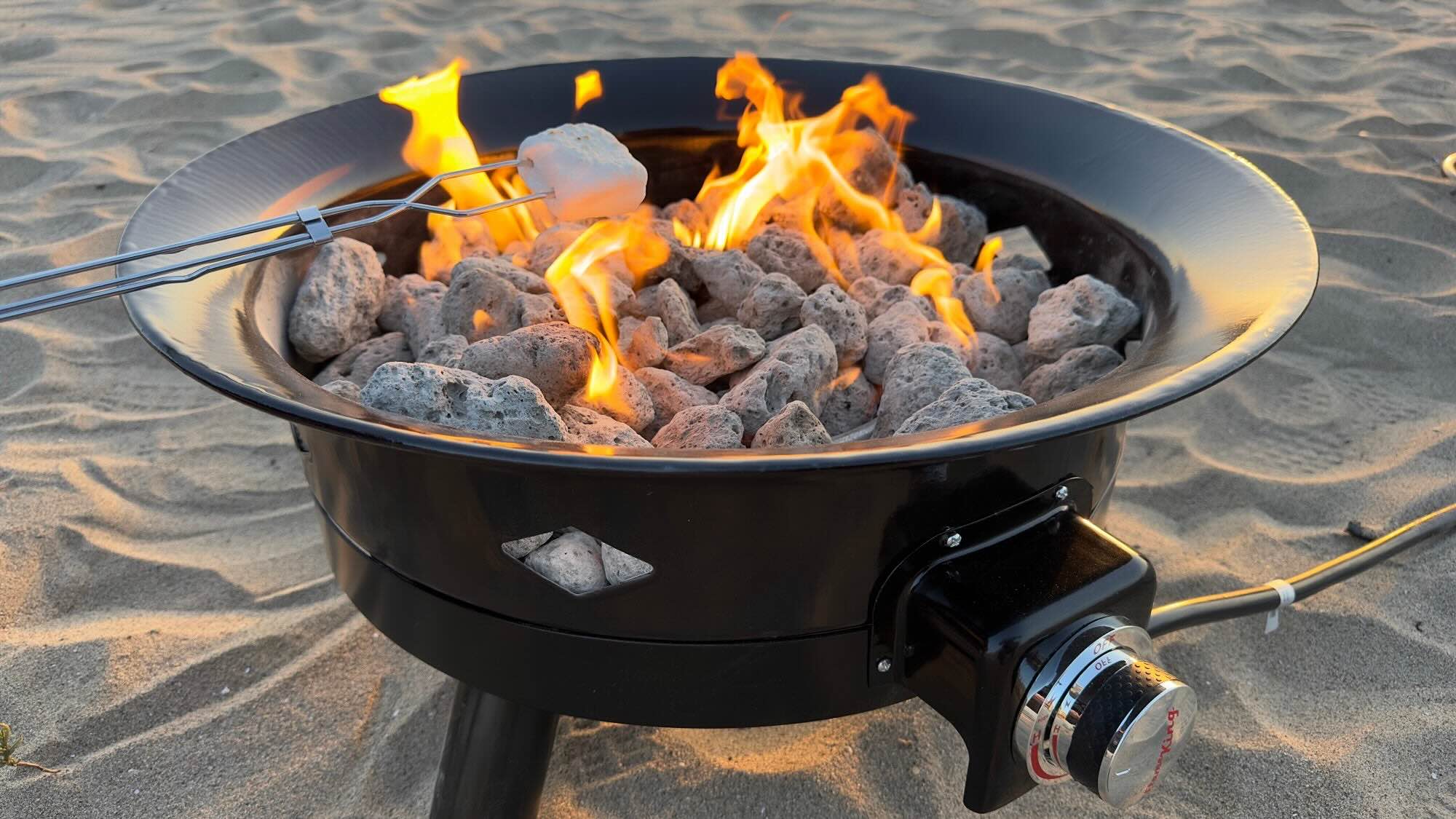
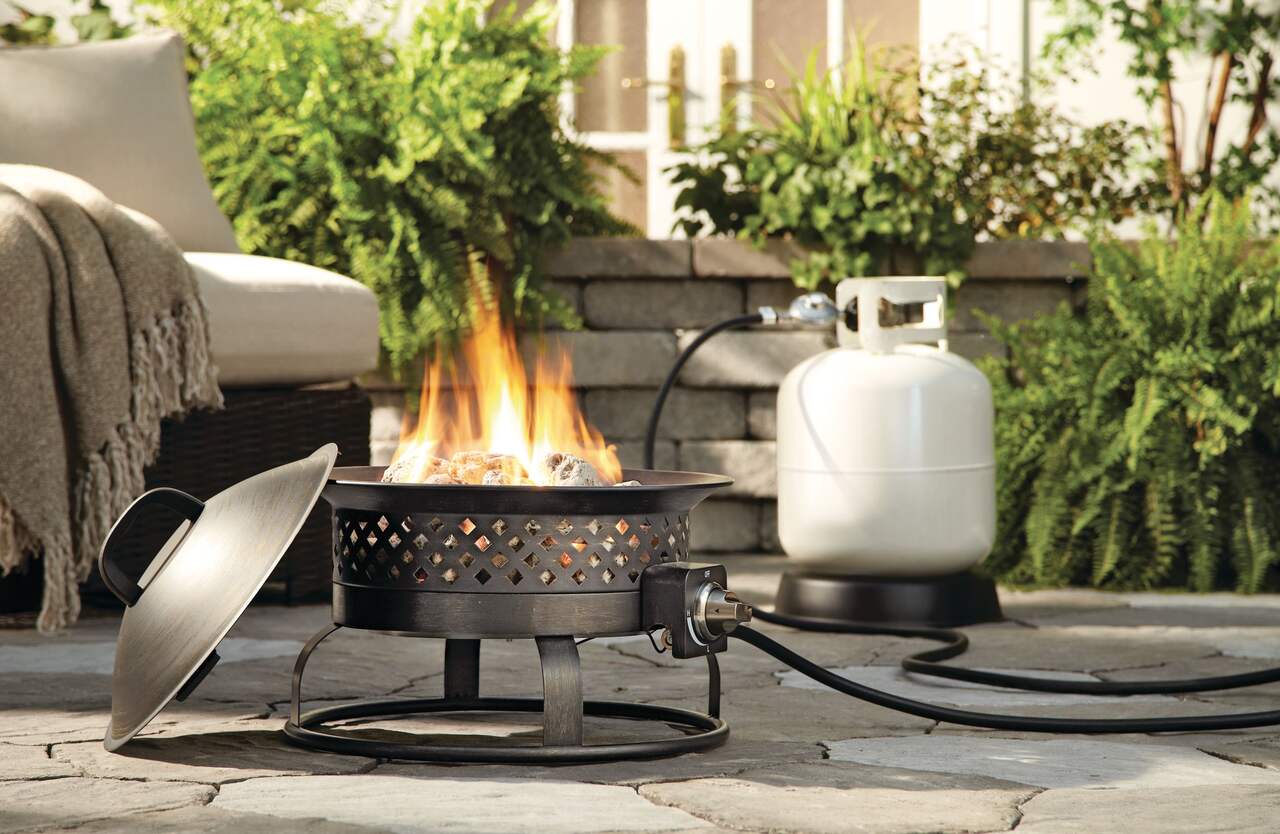
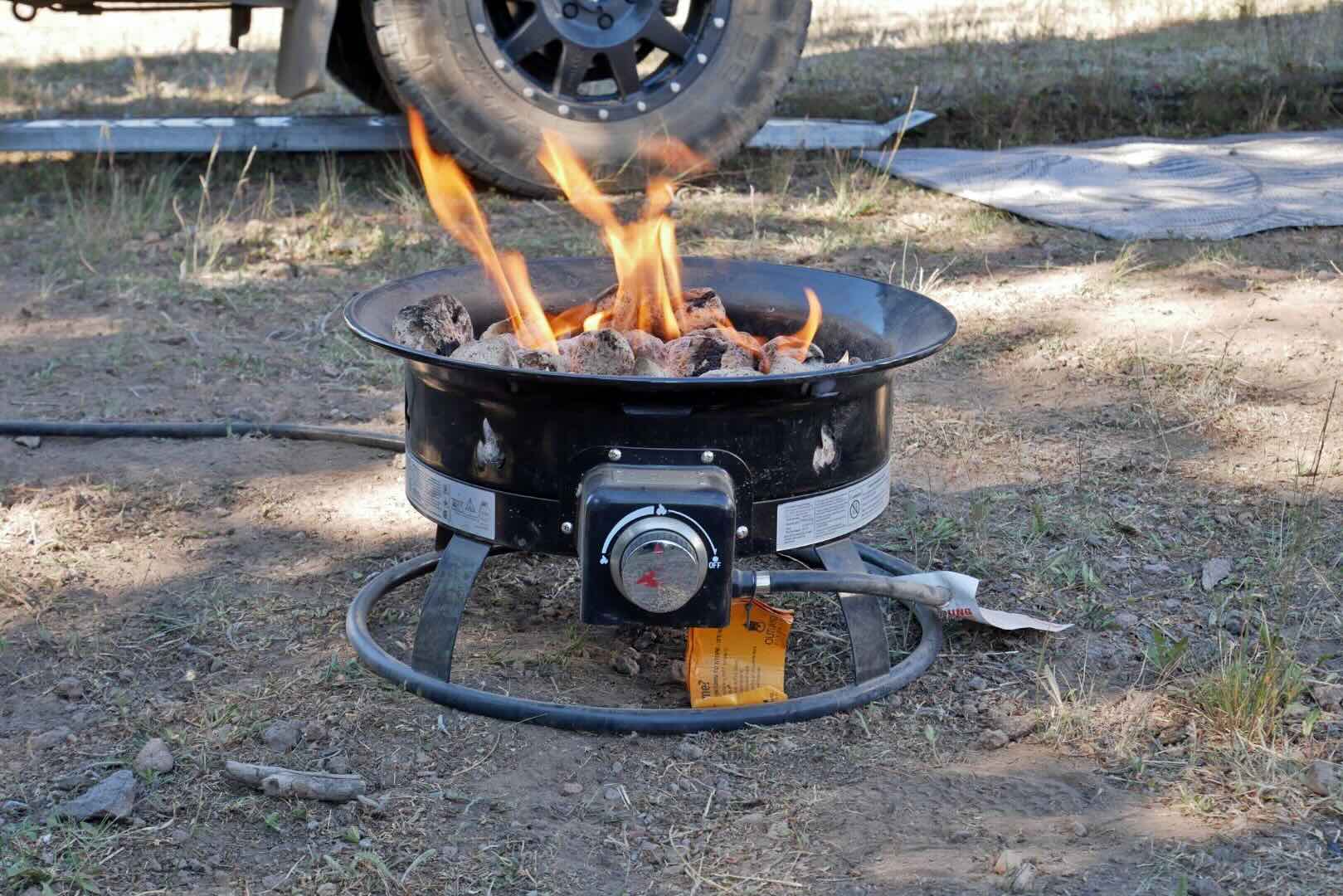
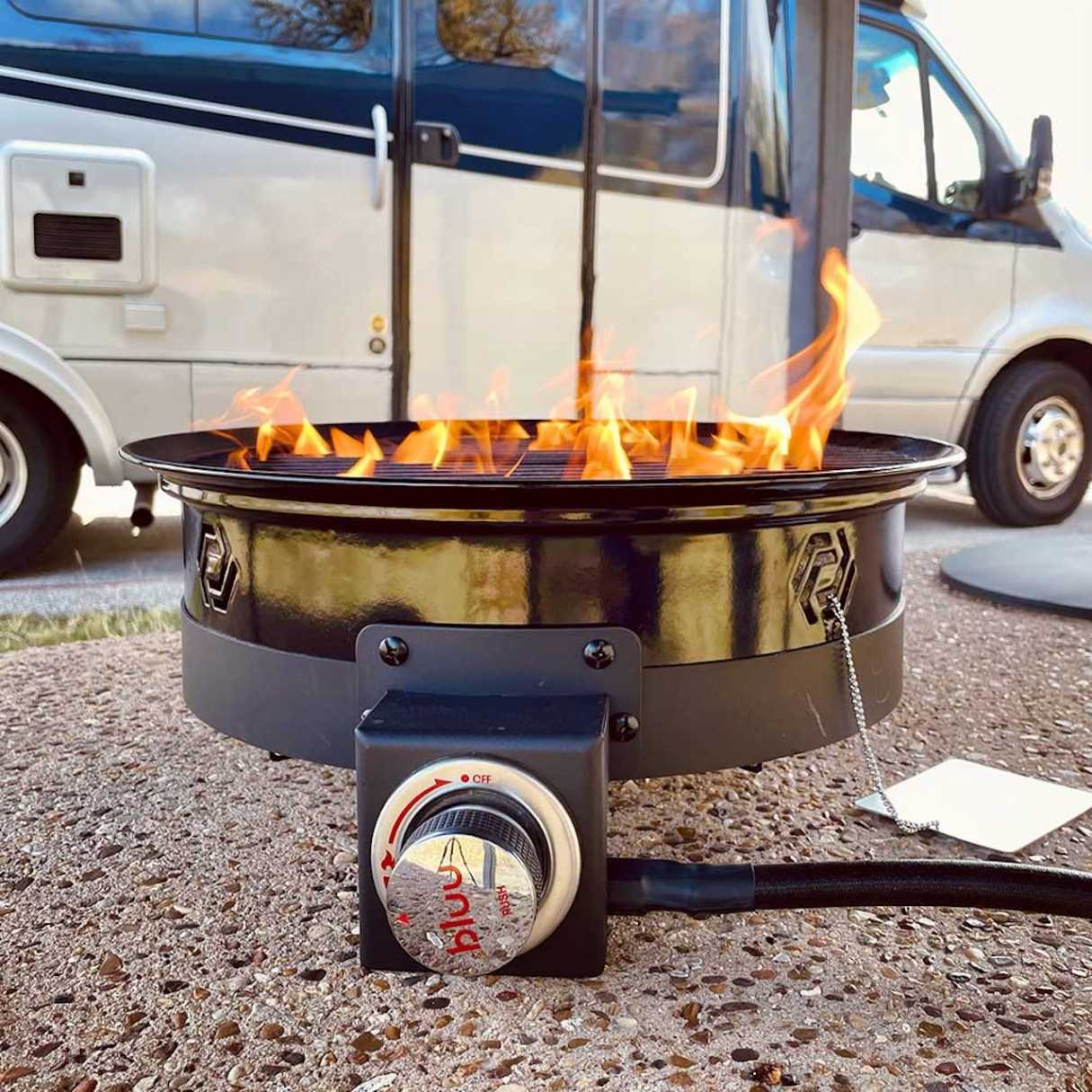
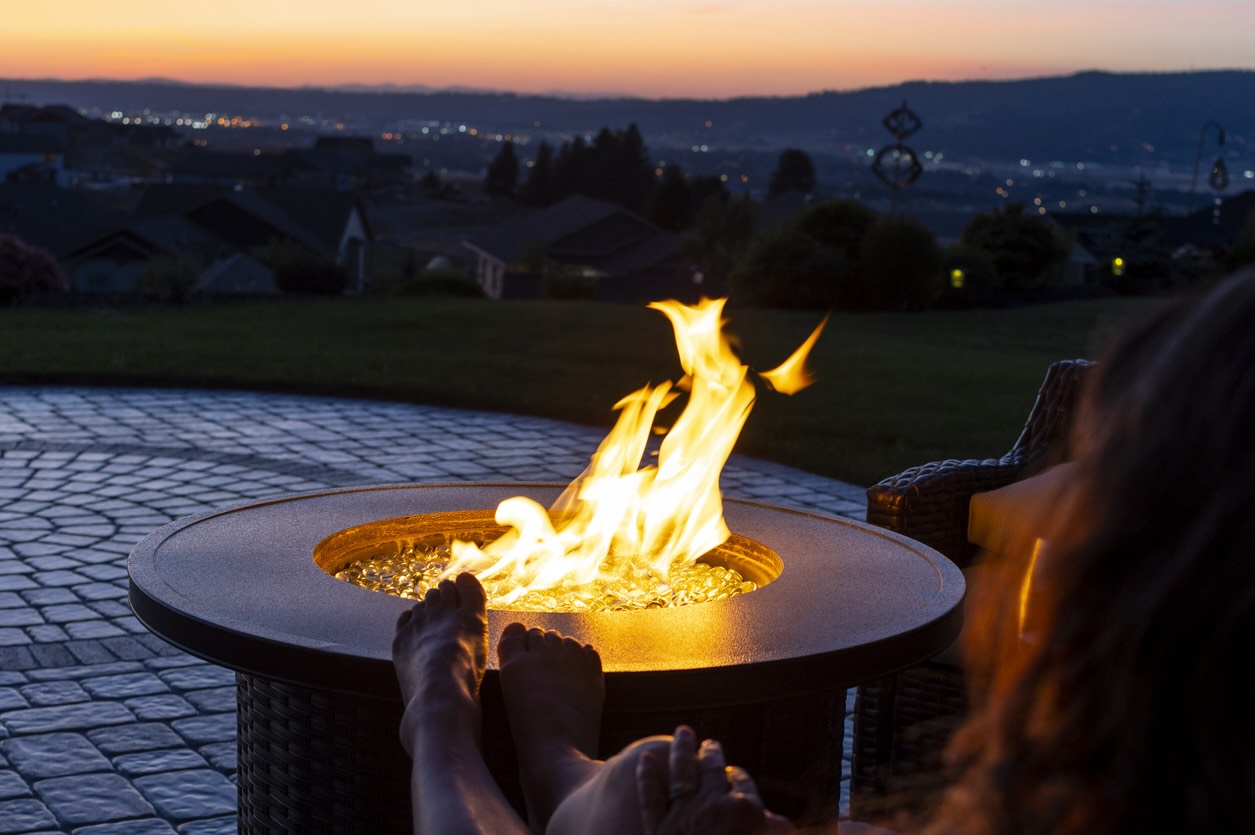
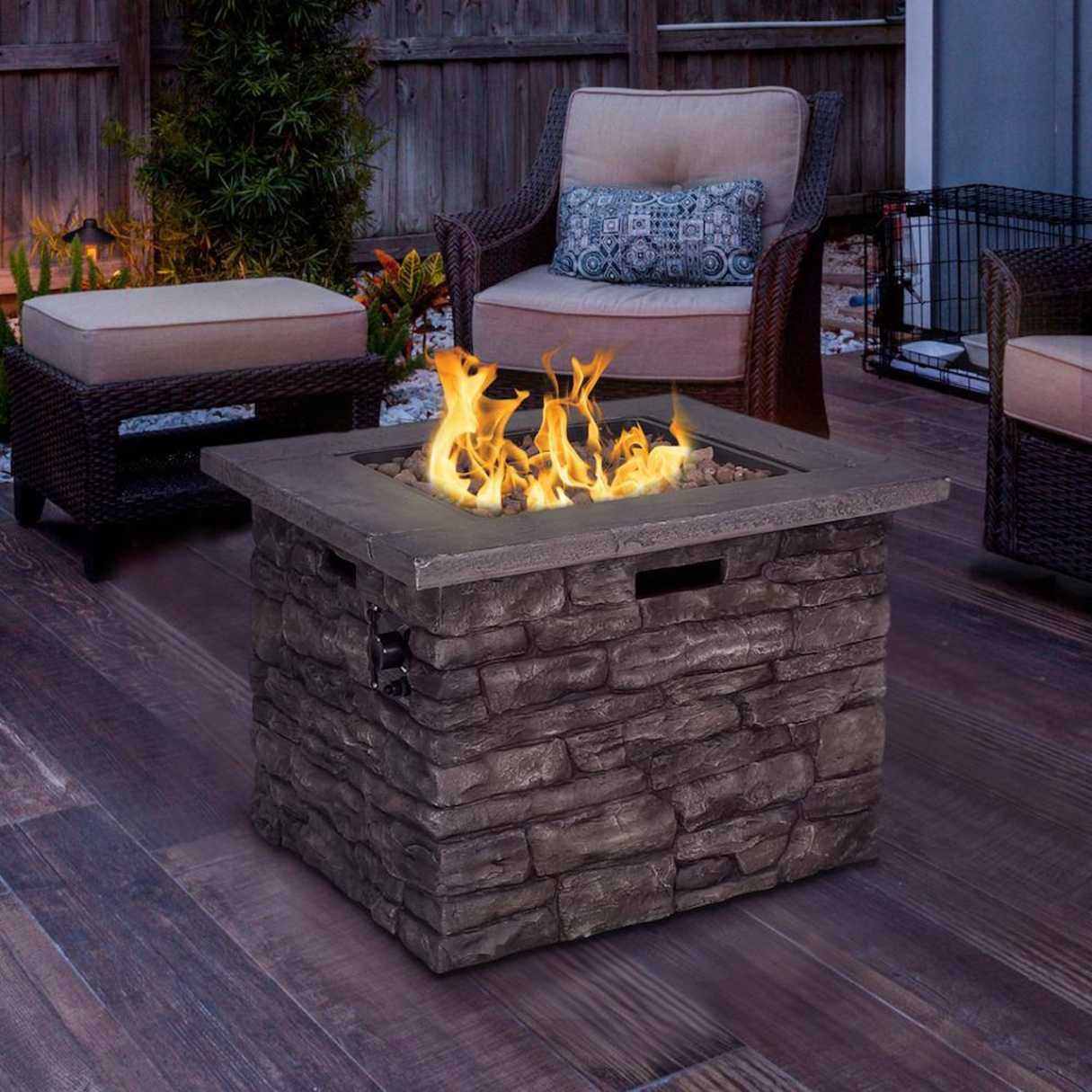
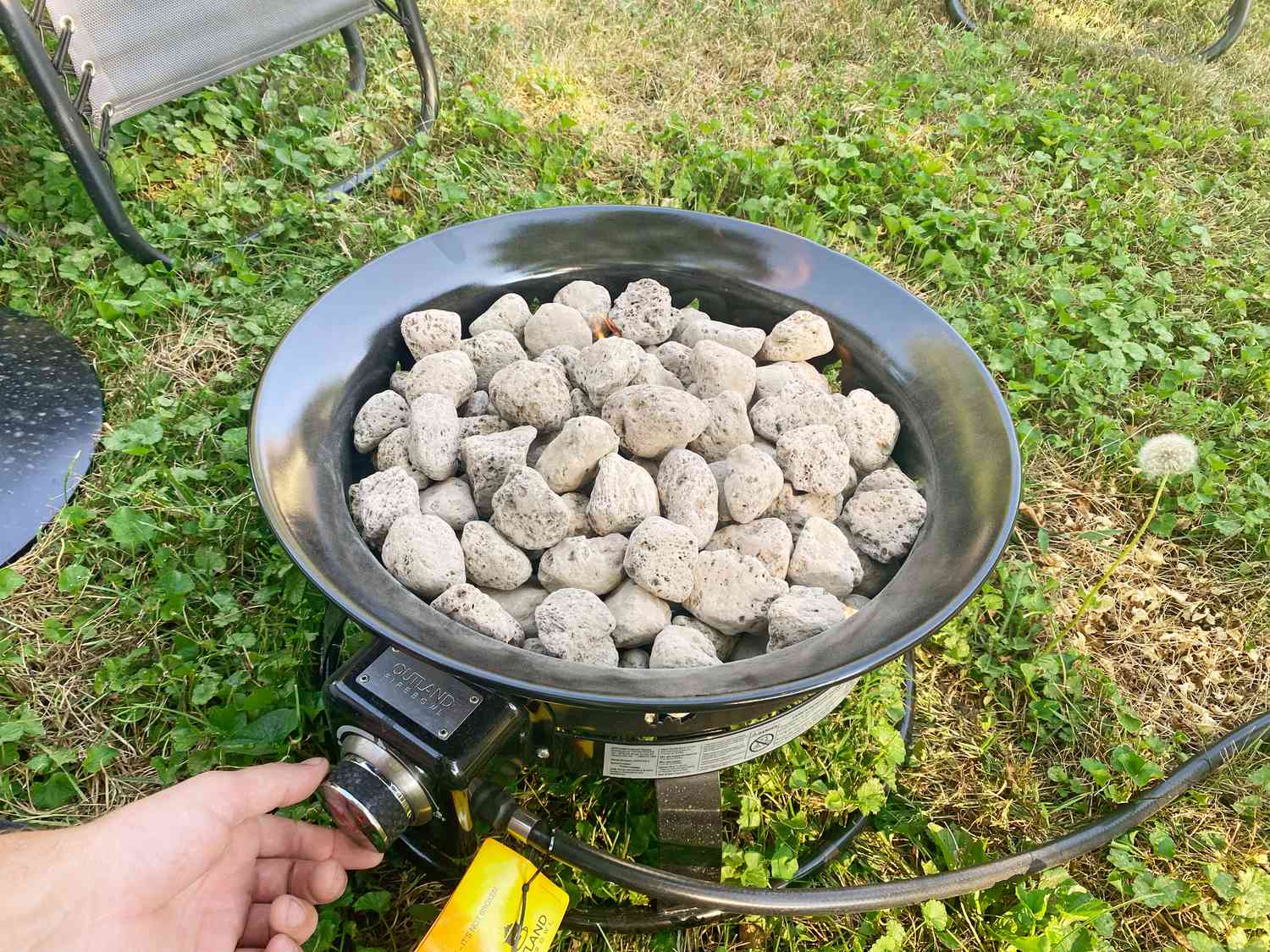
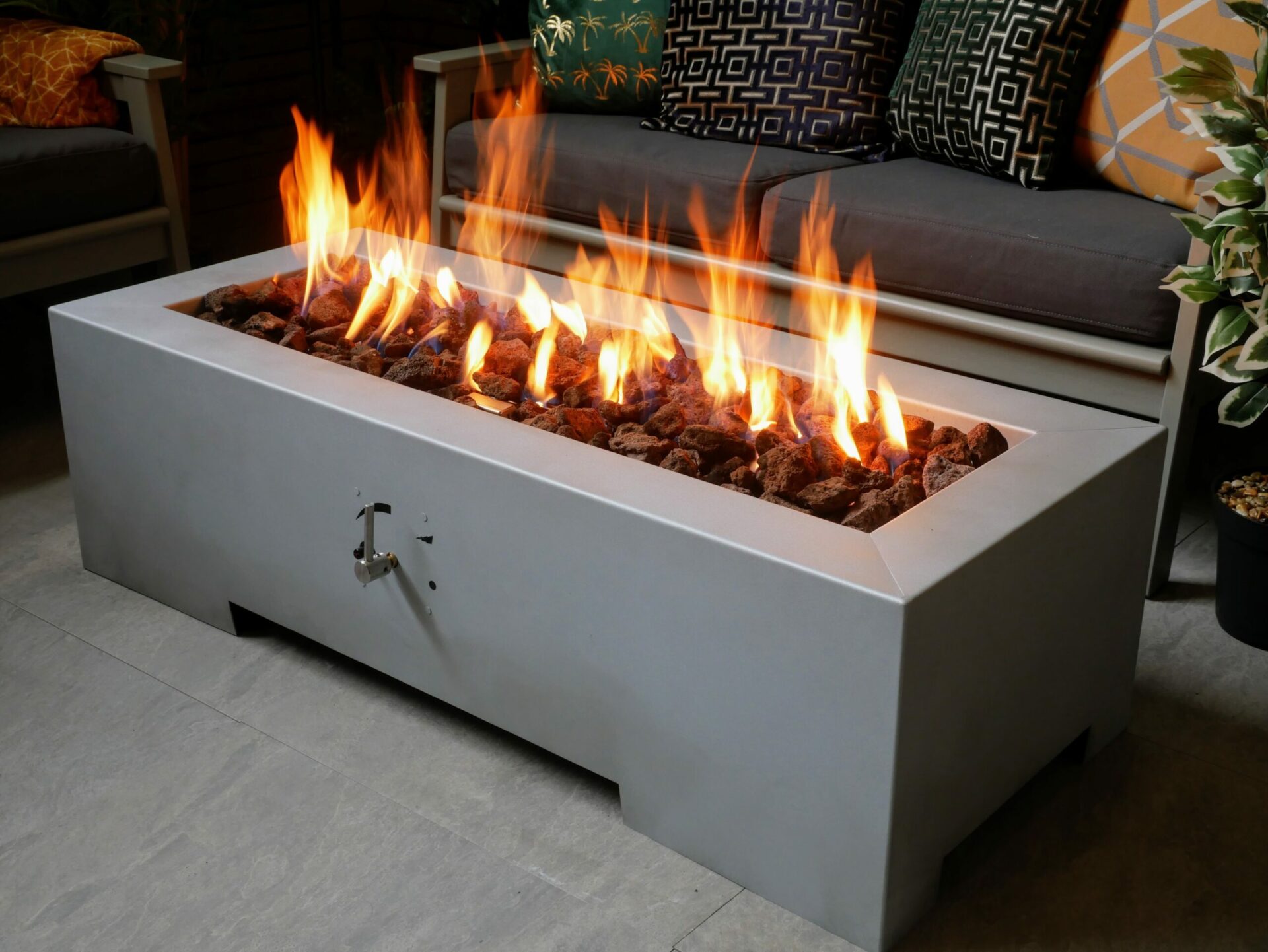

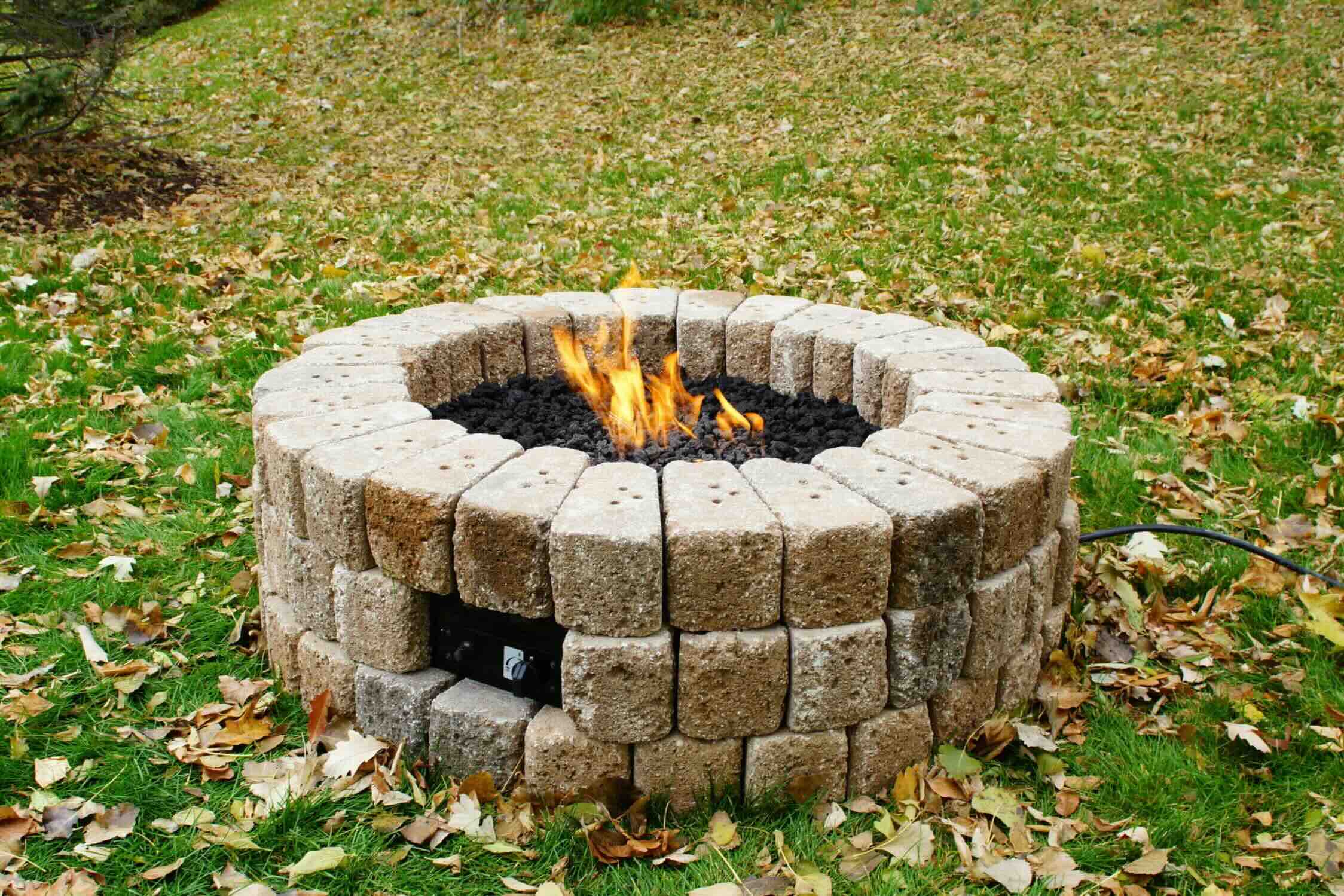

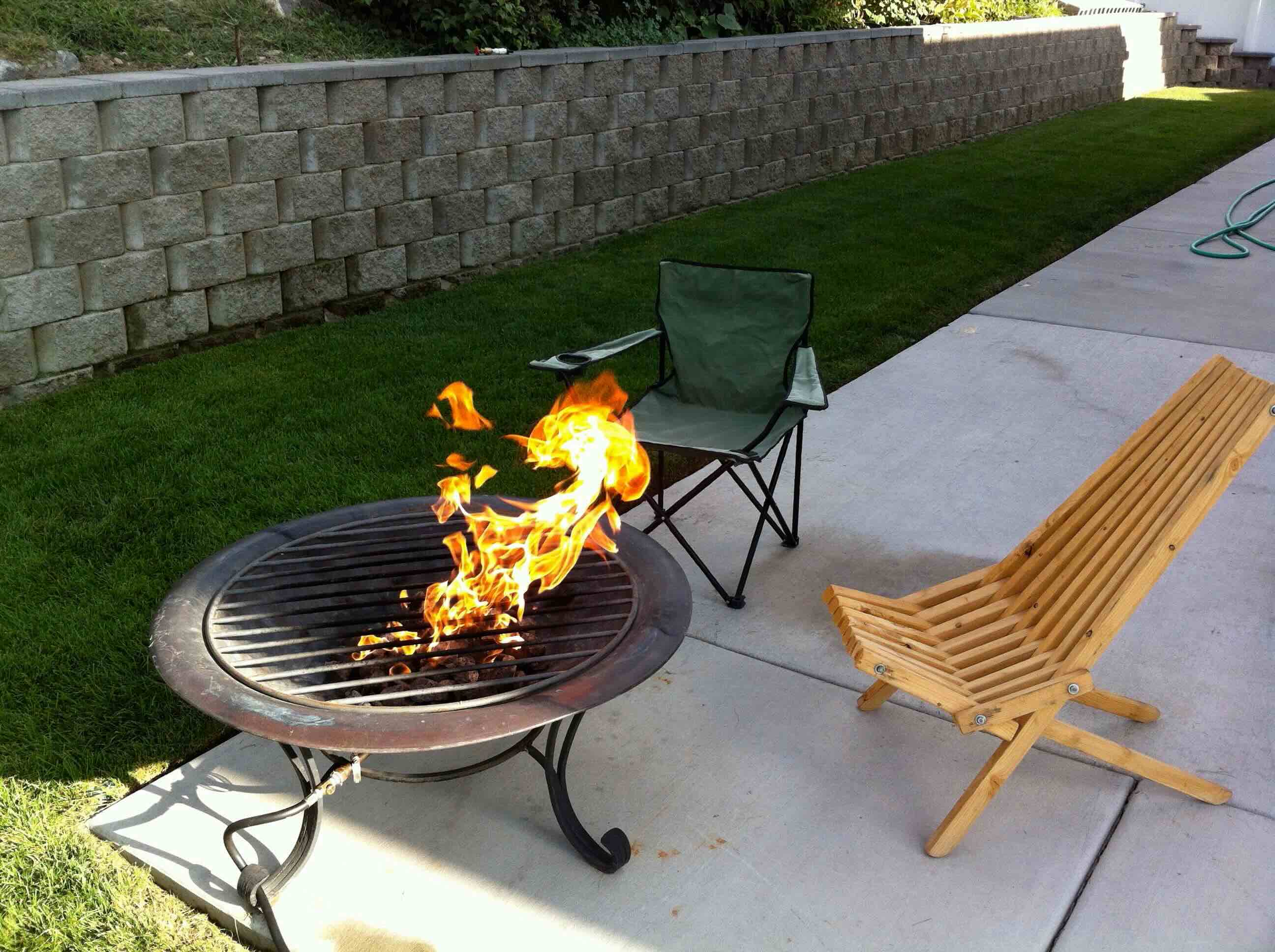
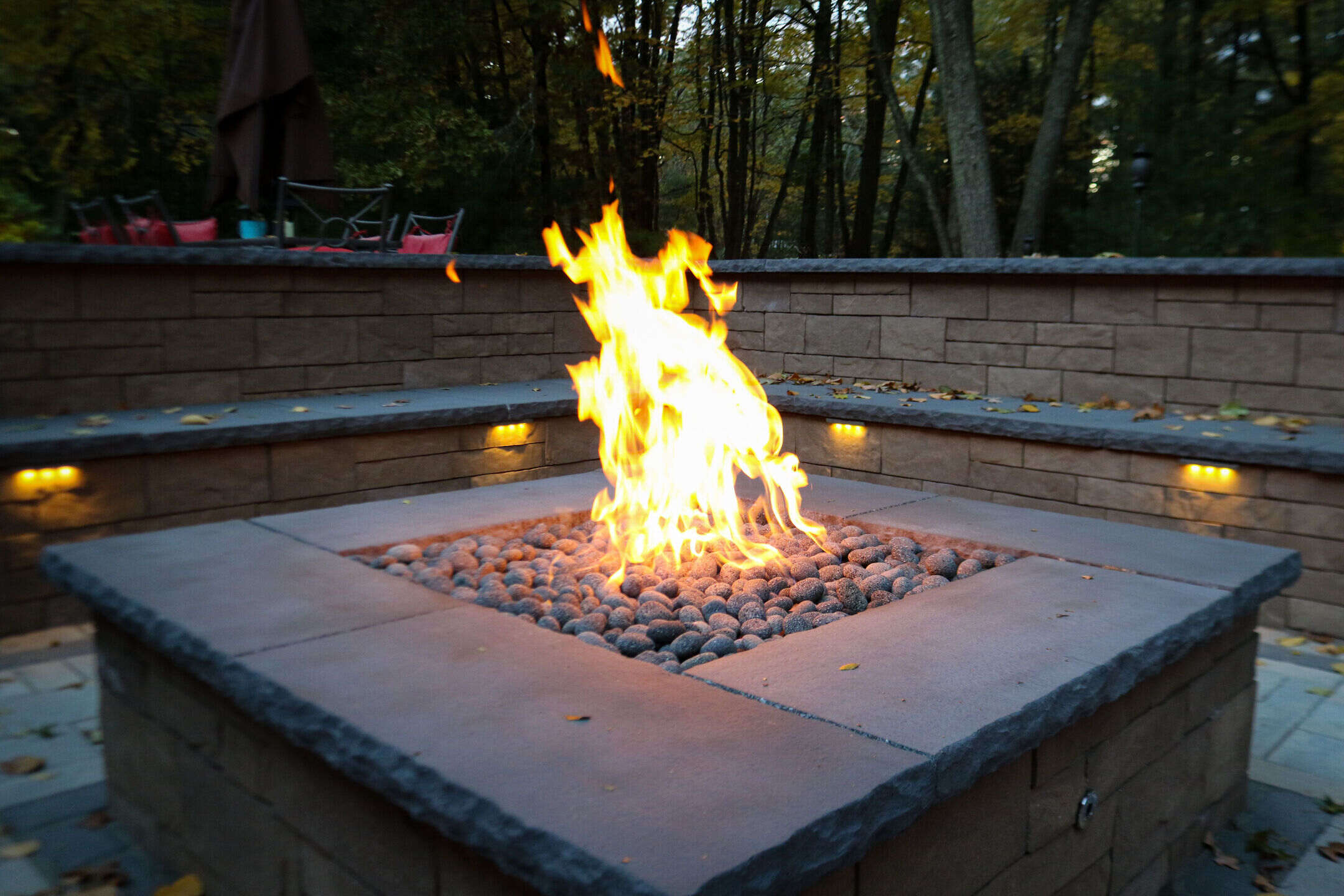
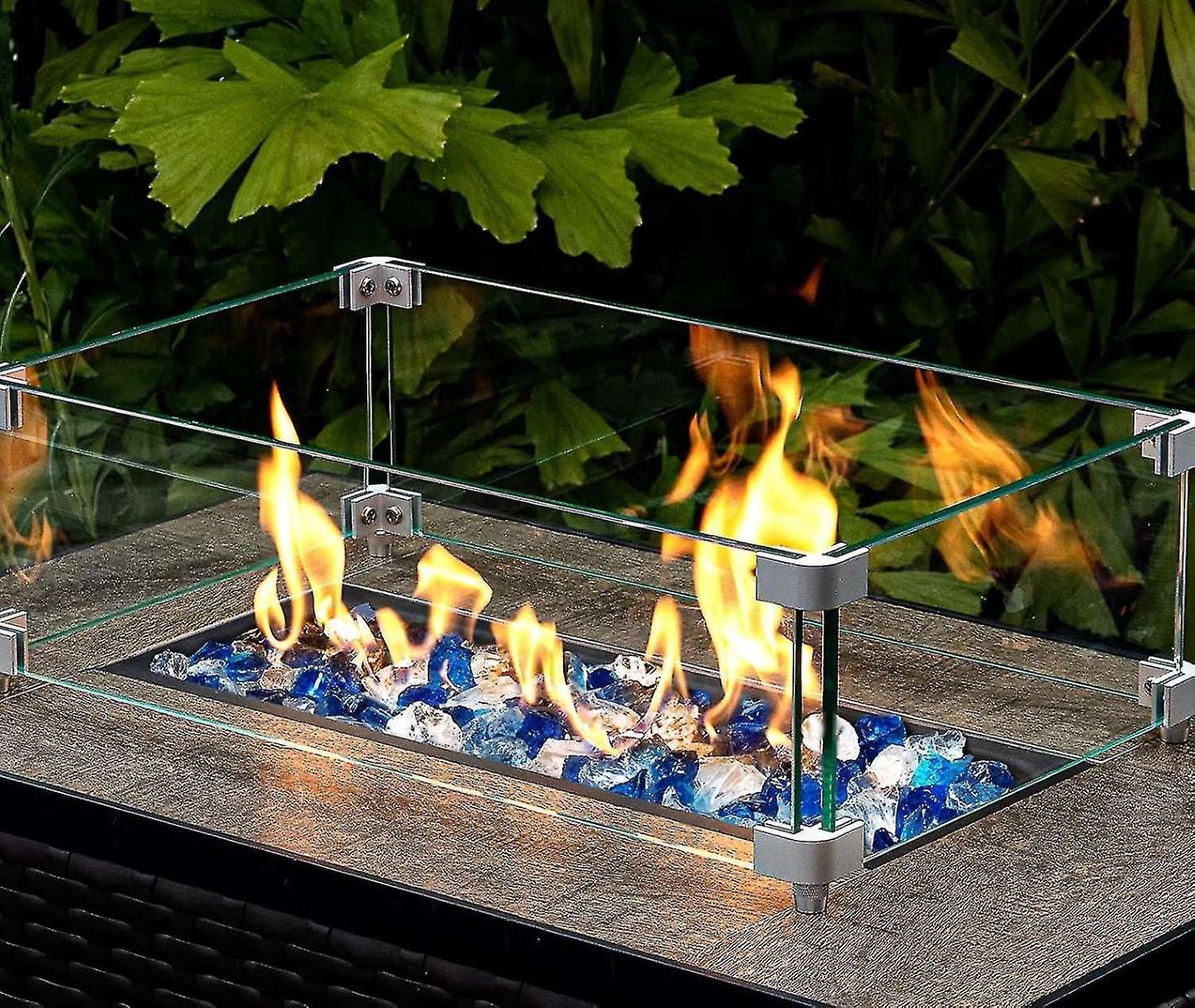
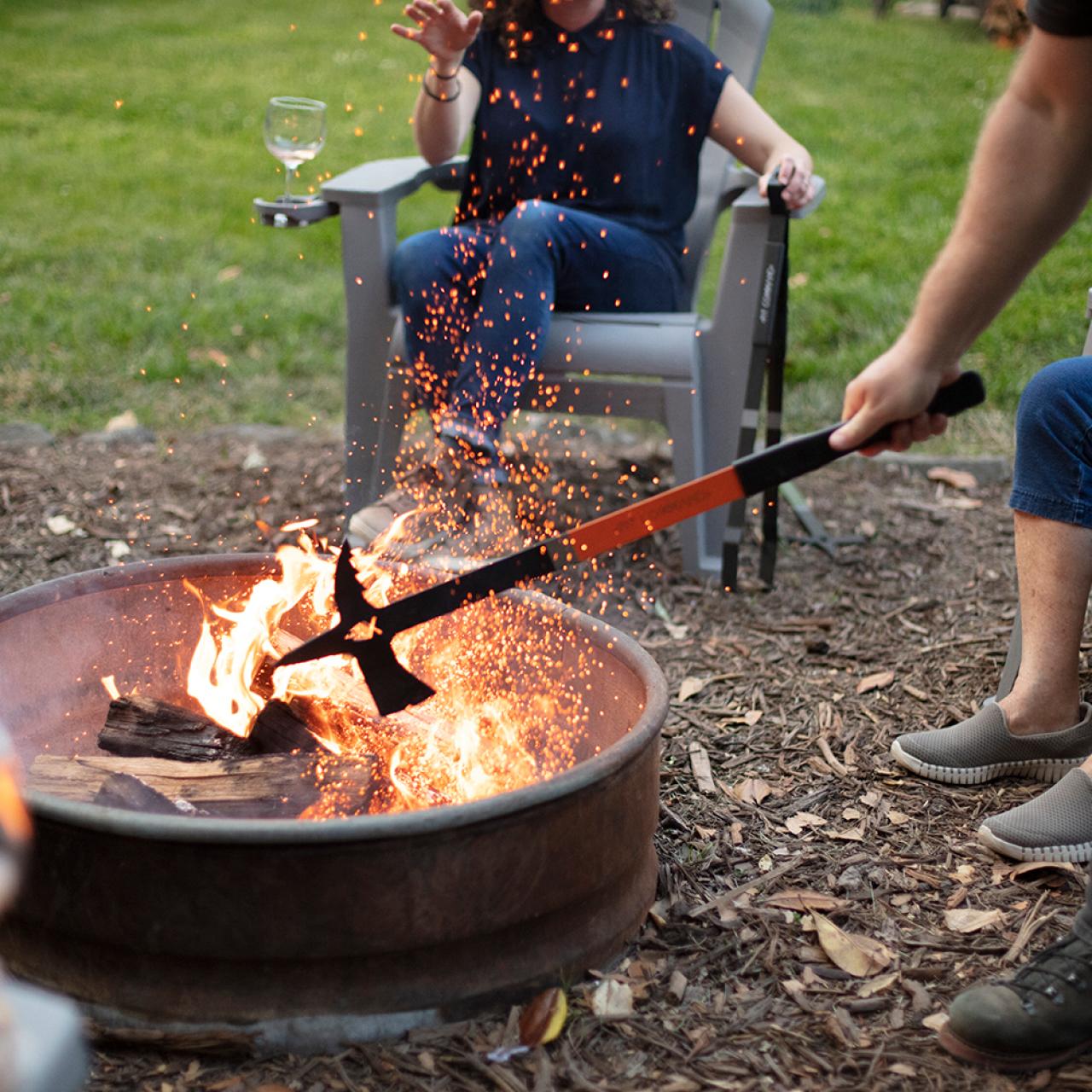

0 thoughts on “How To Convert A Propane Fire Pit To Natural Gas”